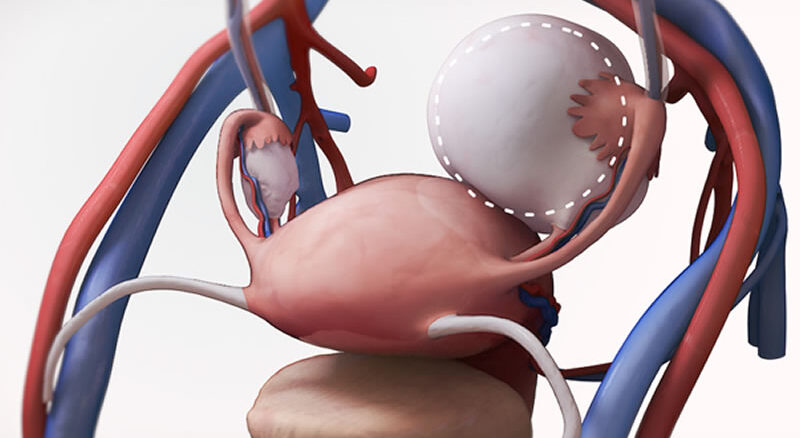This is the surgical removal of fluid-filled sacs called ovarian cyst attached to one or both ovaries.
SYMPTOMS
These ovarian cysts could become large and very painful when:
- it twists on itself [tortioned ovarian cyst]
- it bleeds into the cavity [hemorrhagic ovarian cyst]
- if it ruptures and releases its contents [ruptured ovarian cyst]
- if it gets infected [infected ovarian cyst]
CAUSES
Cysts are formed in women because the ovaries grow and release eggs during ovulation. If the follicle containing the eggs does not rupture a cyst could form with fluid within it. Dermoid cysts, endometriomas, and cystadenomas could also form.
PREVENTION
Involves regular pelvic examinations or Ultrasound scan to ensure there are no large and abnormal cysts.
TREATMENT
Small cysts are managed by observation and regular ultrasound scans. A larger complicated cyst will need laparoscopic surgery to remove the cyst wall and drain the fluid. If possible the cyst is removed intact.
Kindly talk with our team if you think you have challenges concerning your ovary.
WHEN TO SEE A DOCTOR
You need to see your doctor if you have:
- Pain associated with ovarian cyst; this could be associated with fever and vomiting
- If you begin to lose weight
- If on ultrasound scan the size of the ovarian cyst is 10 cm and above.

